When an object is created with the Construction Invocation Pattern, there is a constructor function in play with its prototype. So far, the purposes of each of these are all clear.
var Function_a = function(){
};
var a = new Function_a;

However, when a function is not intended to be a constructor why does javascript still generate its prototype? (It does according to my debugging)
In what scenarios this prototype, c/would be used in javascript if the function is not intended to be a constructor? Or, is it the case that the compiler doesn't know better, and just creates a prototype object anyway in case we want to use the function as a constructor?
var function_b = function(){};
